The news of China’s economic miracle has circulated so widely for so long that the legend has become fact: This is the Asian century. But when historian Michael R. Auslin traveled through Asia, he came away with a more nuanced understanding of the region. In this artfully written, crisply argued analysis, he describes deep cracks beneath the glossy surface of the Asian success story. China’s masses seethe under their rulers’ oppression. India’s poor find little relief from their chaotically run state. And Japan suffers from a long malaise as the two Koreas edge closer to war. While always politically neutral, getAbstract recommends Auslin’s astute analysis to international investors, global managers and policy makers.
An Economic Powerhouse?
Western leaders and intellectuals have long predicted the inevitable, inexorable rise of Asia as the globe’s new hub of political, economic and cultural power. Japan emerged from the rubble of World War II to become one of the world’s dominant economic powerhouses. In the 1980s, Japan seemed poised to pass the US as the world’s largest economy. Instead, Japan fell into a long malaise. Now, China dominates world attention. Billionaires such as Jack Ma, founder of the e-commerce firm Alibaba, loom as financial heroes. However, the “economic explosion” in China shows signs of slowing, even if news headlines and book titles portray the country as a model of growth and a darling of economic development.
Asia looms as a huge force in world affairs. The continent is home to four billion people. One-third of the globe’s population lives in China and India. Asia exports 40% of the products consumers buy worldwide. But the region also serves up a heaping helping of risk. The Korean peninsula could erupt into war any time. China’s regime grates on its neighbors and frays the nerves of its citizens. Many Asian states invest in weaponry and seemingly seek...









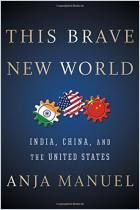
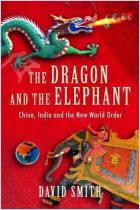
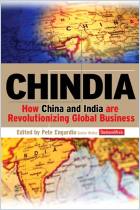
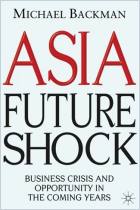
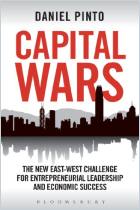

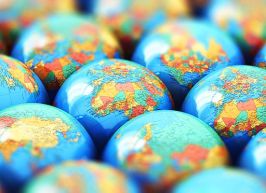

Comment on this summary or Démarrer une discussion